Priego de Córdoba known as the ‘Baroque Jewel’ of Andalucia, is one of the most majestically beautiful towns in Andalucia.
By Nick Nutter | Updated 25 Aug 2022 | Córdoba | Villages |
Login to add to YOUR Favourites or Read Later
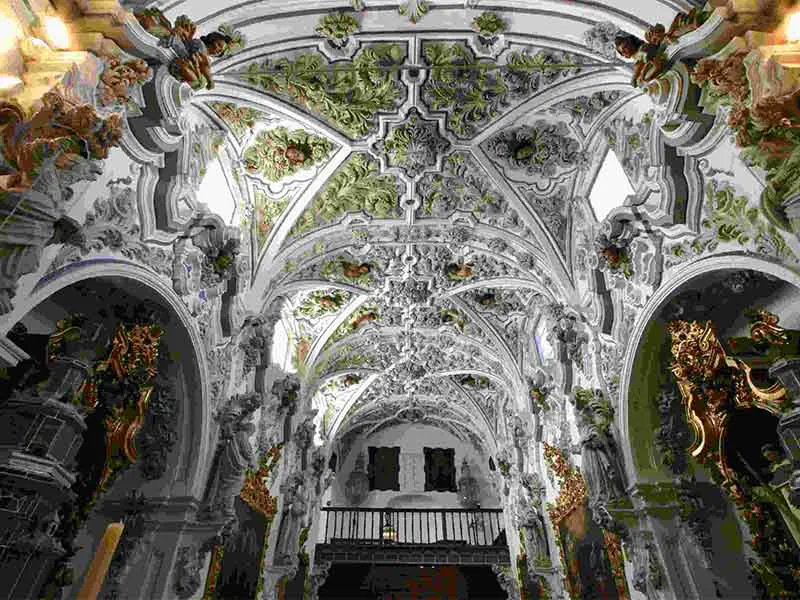
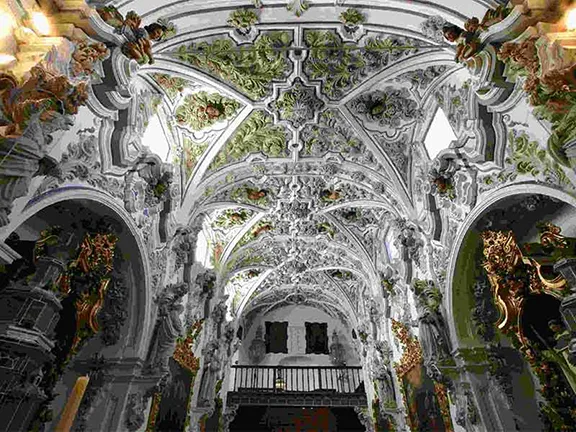
Ermita de la Aurora
Nestled into the eastern flanks of the Parque Natural de las Sierras Subbéticas, is a town considered to be one of the most majestically beautiful in Andalucia. Secluded streets, crammed with noble houses, monuments and sculptures form a typically Moorish, irregular urban layout beneath a 13th century fortress. Water is abundant and baroque architecture predominates in Priego de Córdoba. So much so that the town is known as the ‘Baroque Jewel’ of Andalucia.
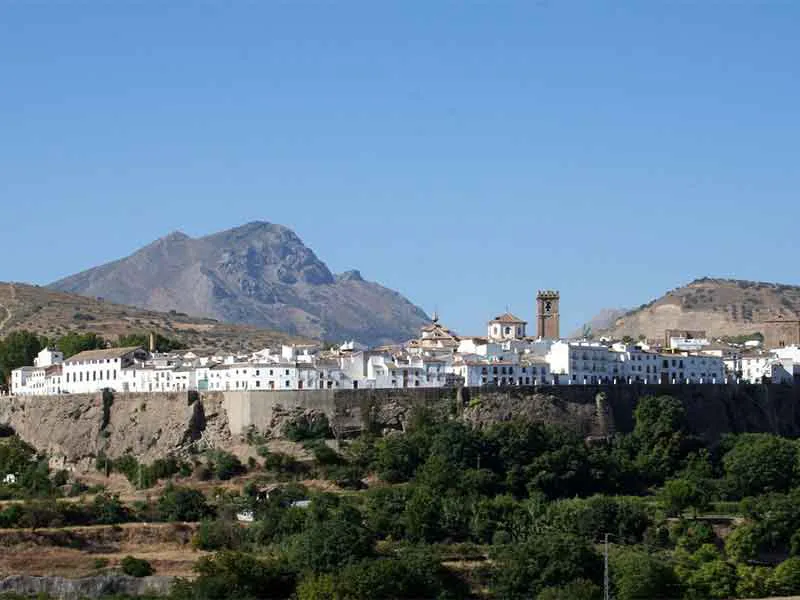
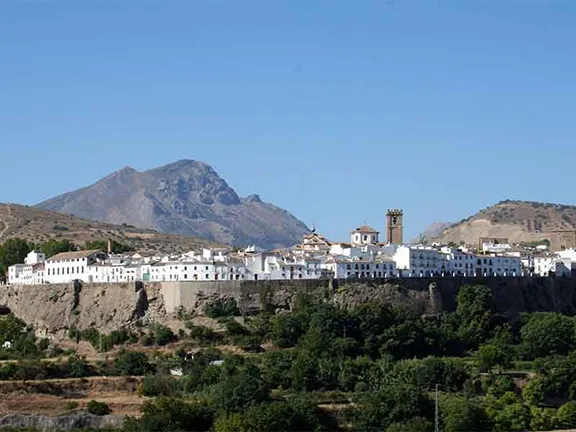
Priego de Cordoba on the Adarve bluff
The Neanderthals, some 40,000 years ago, were the first people to find the area attractive, judging from all the Mousterian type stone tools found in the vicinity and they were followed by modern man, hunter gatherers, who made little impact on the landscape, apart from an occasional discarded arrow head. Neolithic horticulturalists undoubtedly lived here in seasonal dwellings and cave shelters in the nearby Sierra Subbéticas but again, they left little evidence of their sojourn.
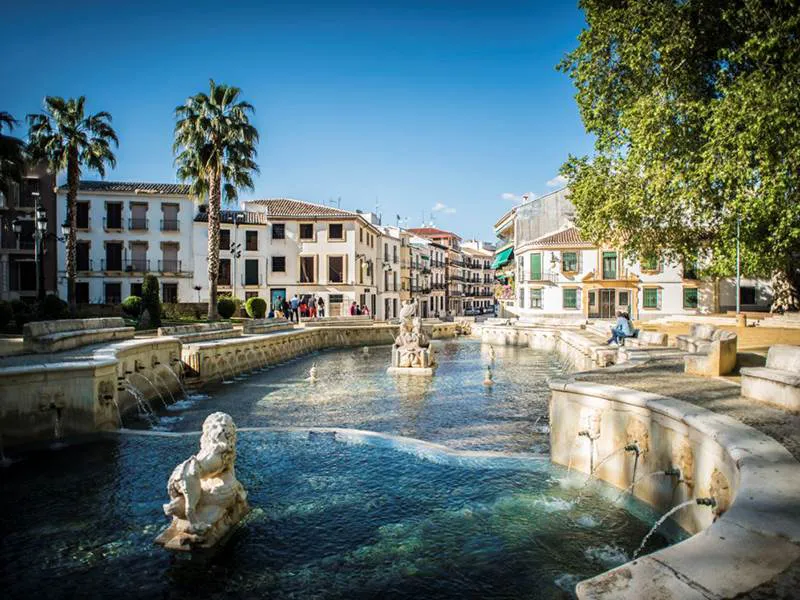
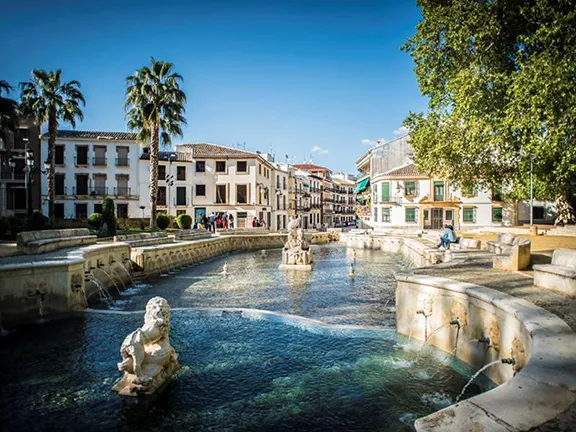
Fuente del Rey (Photo courtesy Tourismo Priego)
It is not until Roman times that we start to see references to a settlement they called Baxo or Bago. In front of the modern town hall, in the Plaza de la Constitución, a number of buildings dated to the 1st and 2nd centuries AD were found tht have been interpreted as a Roman villa. There were two buildings seperated from one another by 150 metres. One was a residential area paved with mosaics, the other a more rustic area, part of the rural estate. Between the two areas is a necropolis belonging to an important landowner from the “municipium flavio” of “Ipolcobulcula”.
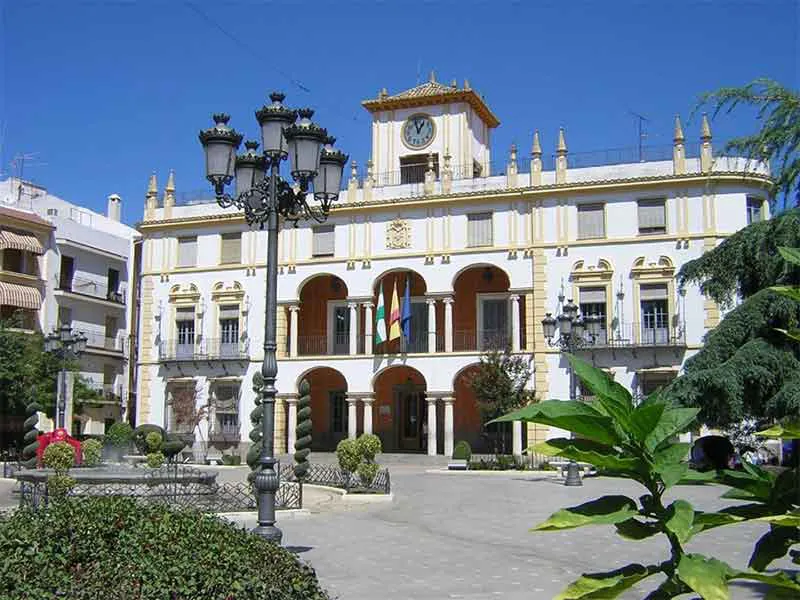
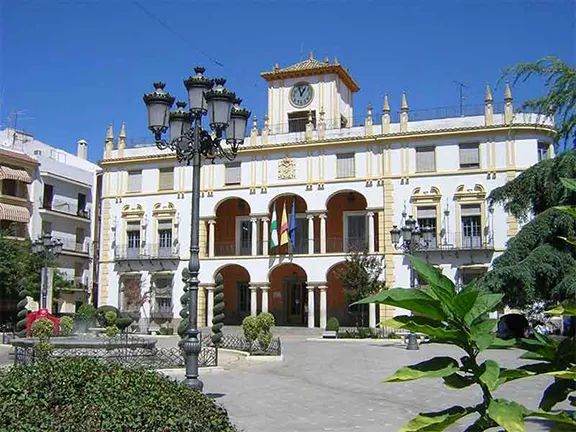
Plaza Constitucion
By the time the Moors arrived, it must have been a prominent place because in the 9th century it became the capital of a Cora, the administrative equivalent of a modern day province. Towards the end of the 9th century Baxo became part of the Zirita Kingdom in Granada.
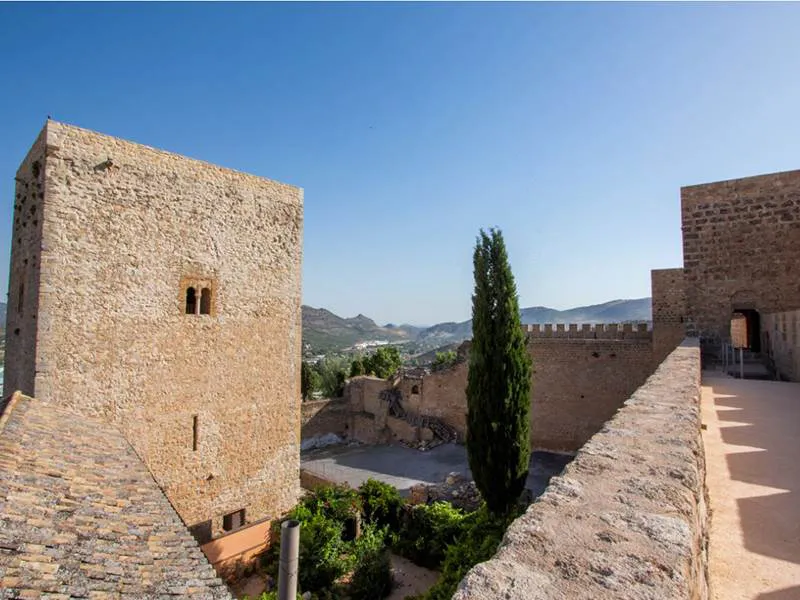
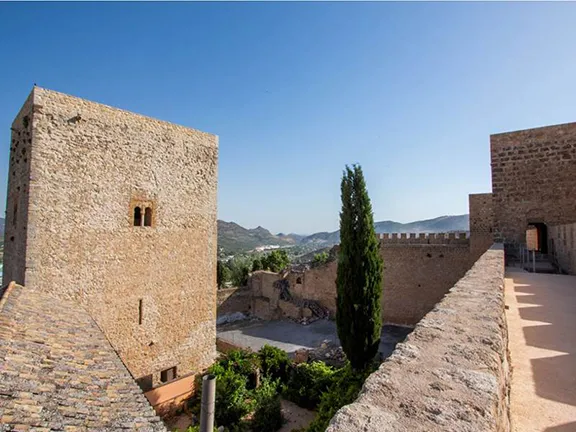
Castillo de Priego de Cordoba (Photo courtesy Tourismo Priego)
By the 12th century the front line of the Christian re-conquest was approaching and the Castillo de Priego de Córdoba was built to defend the town.
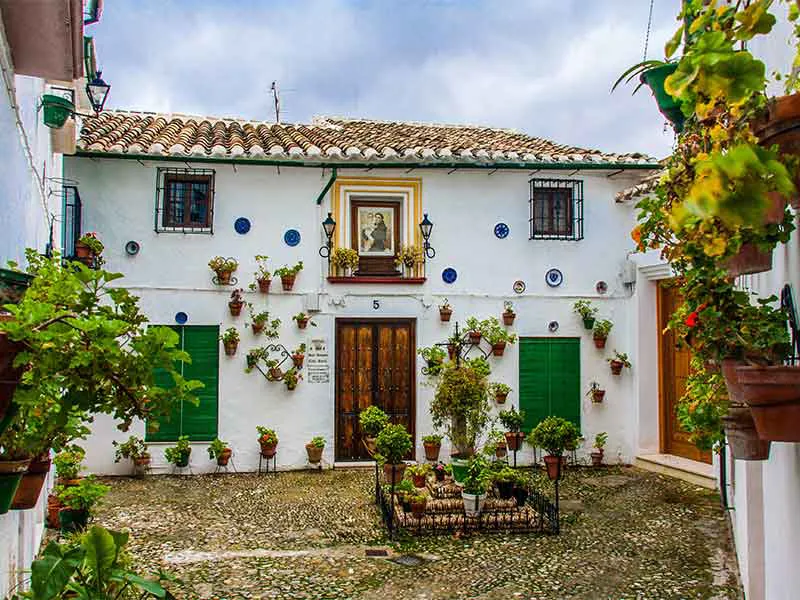
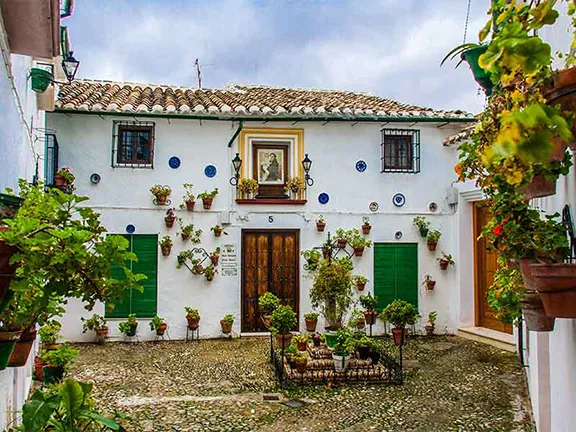
Barrio de la Villa
In 1226, the castle and town were taken by Ferdinand III who, in 1245, handed both over to the Order of Calatrava, a military order of Christian knights similar to the better-known Knights Templar,. The good knights somehow managed to lose their control because we next read that the town was taken for the second time by Alfonso XI in 1341. The town became a Crown property administered by the Abbey of Alcala la Real.
In 1370, Bago as it was now called, became part of the feudal estate of the House of Aguilar, ruled by Gonzalo Fernández de Córdoba.
In 1502, Pedro Fernández Gonzalo was designated the first Marquis of Priego de Córdoba. It is from this period that the town obtains its modern name.
Some of the notable buildings seen today were erected in the 16th century including the church of San Francisco, the House of Cabildo, the prison, and the Carnicerias Reales. The hermitage of San Nicasio was rebuilt at this time and renamed the Ermita de la Aurora.
However, the same period saw a deal of unrest amongst the residents of Priego. At the beginning of the 16th century a new tax had been imposed on them, a sales tax or alcabalas. The town managed to raise an extraordinary sum for those days, 130,000 ducados, in order to make a one off lifetime payment of the tax to the king, Felipe IV. It was a period of recession and rampant inflation as a result of the gold and silver flooding the market from the Americas. The recession was not helped by two outbreaks of plague, in 1650 and 1680. So, whilst the king tried to combat inflation by raising taxes, the citizens of Priego decided on another tactic. Remove part of the population. Three thousand Moors, the descendants of Moors who had been allowed to remain in the town after the reconquest, were expelled.
Fortunes changed in the early 18th century when Priego became a centre for the production of silk, one of the most important in Spain. Taffeta and velvet was sold throughout Spain, Portugal and France and was exported to the Indies. Many of the fine buildings you see today were built in this century. Priego has more important monuments than any other town or village in the province. All good things come to an end and in the last years of the 18th century the town was hit by another recession, this one caused by cotton becoming an alternative and cheaper material to silk, the general deterioration of the mulberry trees on which the silkworms fed and increased taxation.
The 19th century was not a good time for Priego, or Spain as a whole. The French invaded in 1808 and were to remain until they were thrown out by the Duke of Wellington in 1814. A series of civil revolts followed culminating in the Carlist Civil Wars between 1833 and 1876. Fortunately, Priego de Córdoba managed to stay on the right side. In 1881, King Alfonso XII granted the town the title of City because of its continued support of the monarchy. The increasing importance and profitability of the agricultural industry, particularly the cultivation of the olive, may have also influenced the Royal mind.
A gentle increase in prosperity, helped by a textile industry now turning out cotton goods turned Priego de Córdoba into a wealthy city that is today looking to tourism to further improve its lot.
So, what does Priego de Córdoba have to offer the visitor? First of all, it is a great place to use as a base for exploring the beautiful Sierras Subbéticas. The highest peak in Córdoba province, Pico de la Tinosa (1,570 metres), is right on the doorstep.
The town itself also has lots to offer. The Fuente del Rey was designed in the Baroque style by Remigio del Mármol, and is thought to have been completed in 1803. It consists of three pools standing on different levels, and its shape is elongated, with a predominance of curved lines. In the first pool stands a sculpture of a lion fighting with a serpent, attributed to the neoclassical sculptor Álvarez Cubero. The second level contains the central figure of the monument, a sculpture of Neptune and Amphitrite riding a chariot pulled by horses emerging from the water. There is a waterfall between this and the final pool, from which the water runs out through a gargoyle. There are 199 spouts in the fountain, many of them with stone masks bearing the faces of fantastic creatures. The fountain has been declared a National Monument.
The Barrio de la Villa área is the oldest part of the town. It is a maze of winding alleys with flower bedecked, whitewashed houses on both sides. Make sure you walk to El Adarve, a mirador on the top of a gorge that has made Priego impregnable throughout its history. Nearby is the Paseo de Columbia, a shady haven of fountains and plane, chestnut, lime, acacias, cedar and maple trees. Overlooking the whole area is the Castillo de Priego de Cordoba.
The Carnicerias Reales is just west of the castle. Built in the 16th century, this porticoed square was the meat market. Cattle, sheep, pigs and goats were slaughtered in the square, butchered in the cellars below and sold from the shops beneath the arches. Entry to the basement is down a spiral staircase that has no central pillar, designed that way to facilitate the carrying of the carcasses.
In the basement today is a permanent exhibition that looks at the olive oil industry.
Why the building is called Reales is a bit of a mystery since it was a municiple project, nothing to do with the monarchy.
The Museo Histórico Municipal de Priego de Córdoba is the oldest museum in Priego. It is temporarily housed in the Adolfo Lozano Sidra Cultural Centre until the permanent site in the Molino de los Montoro, near the castle, is ready. The museum has archaeological artefacts from digs in the town and surrounding area and from private collections covering the entire history of the municipality from those days when the Neanderthals were about.
Priego de Córdoba is proud of the Denominación de Origen awarded to its olive oil. On the western side of the ring road you will find Aceites Vizcantar. Be prepared for a three hour visit. A guide will take you through an olive grove and point out some trees that are over one thousand years old. These magnificent trees were planted when Ethelred II the Unready was king of Britain. They are still producing olives. After the tour you have the chance to taste the various oils with an expert on hand to tell you the acidity, fruitiness and other attributes of a fine olive oil. It’s as involved as wine tasting but you leave with a clear head.
As with most Spanish cities, there are a number of churches and hermitages, at least eight in Priego de Córdoba. If you only have time to visit one then make it the Ermita de la Aurora. It was built in the 15th century at which time it was called the Shrine of San Nicasio. Once inside, look up. The roof consists of five tunnel-vaulted sections, inset with windows. The sanctuary is crowned with a dome set on pendentives and the vaulted sections are supported by pilasters surmounted by statues of saints. What makes this roof special is the exuberant, baroque decorations over the dome, the vault and around the windows. It is baroque, ostentatious and vulgar but kind of wonderful.
There is no need to mention individual restaurants. Priego is full of them and you will have seen many whilst wandering round the town. Your only problem will be choosing which one to try. Priego may well turn out to be a place to which you return simply because there are restaurants you fancy that you have not had time to visit.
Set in one side of the splendid Ayuntamiento building in Plaza de la Constitución, the tourist office should be your first stop. It carries loads of leaflets about various aspects of the town and its environs and the staff are very helpful.